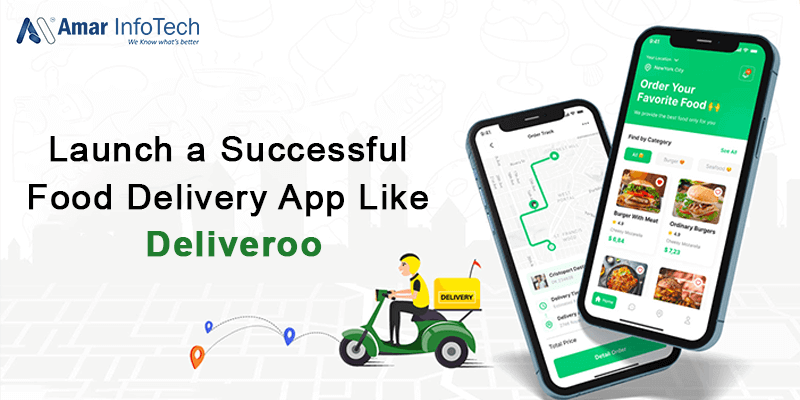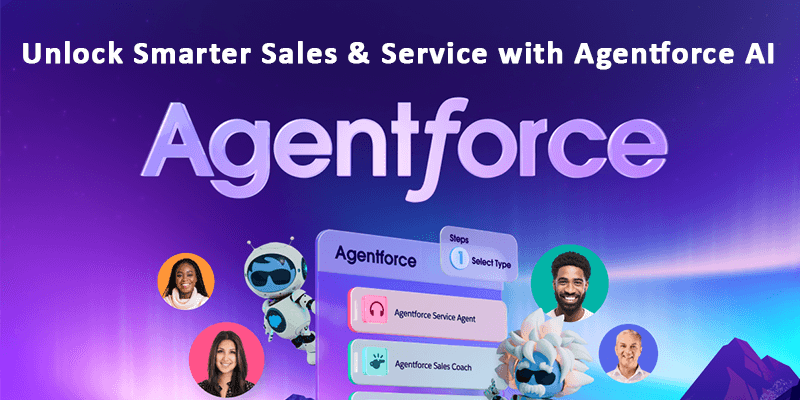Ready for Digital Transformation? Your Vision, Our Expertise - Let’s Build Innovative Software Together!
Launch a Successful Food Delivery App Like Deliveroo
 Blog Build Apps Like
Blog Build Apps Like
The food delivery industry in the United States has experienced tremendous growth, driven by changing consumer habits and advancements in technology. Developing a successful food delivery app like Deliveroo tailored to the U.S. market offers a lucrative opportunity to tap into this thriving industry. Here’s a comprehensive guide to help you build a food delivery app that stands out and meets the needs of U.S. consumers.
1. Understand the U.S. Food Delivery Market
Before diving into development, it’s essential to study the U.S. market. The country has a vast and diverse customer base, with preferences varying by region. Popular players like DoorDash, Uber Eats, and Grubhub dominate the market, and understanding their strategies can provide insights into what works.
Key Market Statistics:
- The U.S. food delivery market is projected to surpass $40 billion in annual revenue by 2025.
- Consumers prioritize convenience, affordability, and a wide variety of cuisines.
- Metropolitan areas like New York City, Los Angeles, Chicago, and Miami are hotspots for food delivery.
2. Define Your Unique Value Proposition (UVP)
To compete with established brands, your app must offer something unique. Some UVP ideas include:
- Faster delivery times: Leverage AI and optimized logistics for speed.
- Local partnerships: Collaborate with small, local restaurants to offer exclusive menus.
- Health-focused options: Cater to the growing demand for vegan, gluten-free, and organic food choices.
3. Essential Features of a Food Delivery App
To replicate the success of Deliveroo in the U.S., your app must include the following key features:
a. User-Friendly Interface:
Make navigation intuitive for users of all ages. Clean designs and straightforward functionality are essential.
b. Real-Time Order Tracking:
Provide live updates to keep customers informed about their order status, from preparation to delivery.
c. Multiple Payment Options:
Support payments via credit/debit cards, digital wallets (Apple Pay, Google Pay), and even BNPL (Buy Now, Pay Later) solutions for flexibility.
d. Ratings & Reviews:
Allow users to leave feedback for restaurants and delivery personnel, ensuring quality service.
e. Marketing Features:
Incorporate promotional tools like referral programs, discounts, and loyalty points to drive customer retention.
4. Compliance with U.S. Regulations
Launching in the U.S. requires adherence to various federal, state, and local laws, including:
- Food Safety Regulations: Partner with restaurants that comply with the FDA’s food safety standards.
- Labor Laws: Ensure fair wages and working conditions for delivery personnel.
- Data Privacy: Protect user data by adhering to CCPA (California Consumer Privacy Act) and other relevant privacy laws.
5. Partner with Restaurants and Delivery Agents
Building a robust network of restaurants and reliable delivery agents is key to your app’s success. Consider offering:
- Flexible commissions for restaurants to attract partnerships.
- Attractive incentives and training programs for delivery agents.
6. Technology Stack for Development
Your app’s performance depends heavily on its technology. Ensure scalability and efficiency by choosing the right tools:
- Frontend: React Native or Flutter for cross-platform app development.
- Backend: Node.js or Laravel for seamless performance.
- Database: PostgreSQL or MongoDB for managing large datasets.
- Cloud Services: AWS or Google Cloud for hosting and scaling.
7. Effective Marketing Strategies for the U.S. Market
To capture attention in a competitive market, implement the following marketing strategies:
- Local Advertising: Use hyperlocal ads on platforms like Facebook, Instagram, and Google Ads.
- Influencer Partnerships: Collaborate with food bloggers and influencers to promote your app.
- Referral Programs: Encourage existing users to refer friends in exchange for discounts or rewards.
- SEO & Content Marketing: Optimize your app’s website for local searches like “best food delivery app in [city]” to improve visibility.
8. Challenges to Overcome
Launching a food delivery app comes with challenges, especially in the U.S.:
- Competition: Stand out in a market dominated by established players.
- Logistics: Optimize delivery times in areas with heavy traffic.
- Profit Margins: Balance commissions and operational costs to ensure profitability.
9. Post-Launch Strategy
The journey doesn’t end with your app’s launch. Continuously update your app with features based on user feedback, expand your restaurant network, and focus on customer retention through excellent service.
Conclusion
The U.S. food delivery market offers immense potential for entrepreneurs looking to launch an app like Deliveroo. By understanding the market, offering unique value, and leveraging advanced technology, you can carve out your niche and build a successful business.
If you’re ready to bring your food delivery app idea to life, contact Amar Infotech for end-to-end development services. With expertise in app design, development, and marketing, we’ll help you launch a high-performing app tailored to the U.S. market.





